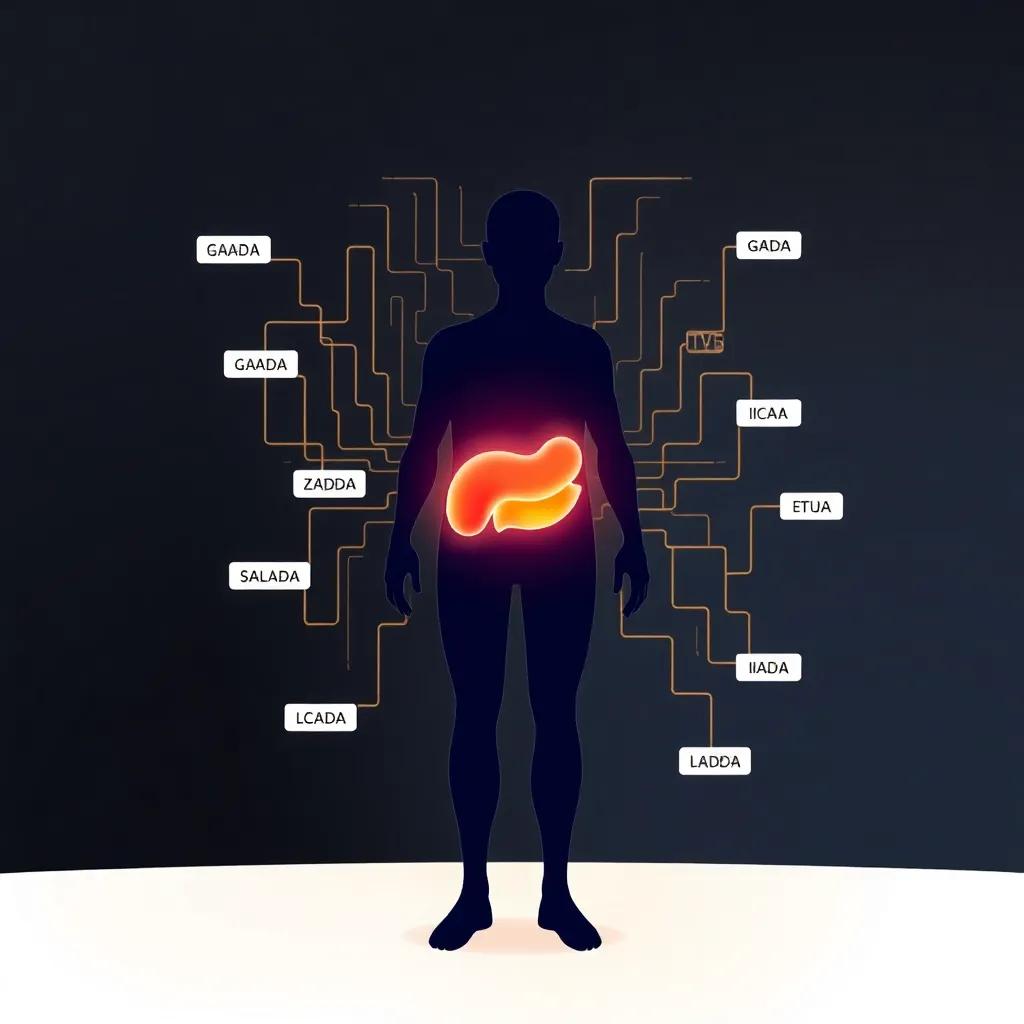Recent studies highlight the importance of early LADA diagnosis through combined autoantibody testing, differentiating it from type 2 diabetes for better treatment outcomes.
Early detection of LADA through combined autoantibody testing can significantly improve patient outcomes by enabling timely and appropriate treatment interventions.
The Growing Importance of Early LADA Diagnosis
Latent Autoimmune Diabetes in Adults (LADA) is often misdiagnosed as type 2 diabetes, leading to suboptimal treatment strategies. A 2023 study published in Diabetes Care
revealed that 10-15% of initially diagnosed type 2 diabetes cases may actually be LADA
, emphasizing the critical need for precise autoantibody testing. Combined screening for Glutamic Acid Decarboxylase Antibodies (GADA), Islet Cell Antibodies (ICA), and Insulin Autoantibodies (IAA) has emerged as a gold standard for accurate LADA diagnosis.
Differentiating LADA from Type 2 Diabetes
Unlike type 2 diabetes, LADA is characterized by autoimmune destruction of pancreatic beta cells, albeit at a slower rate than in type 1 diabetes. The European Association for the Study of Diabetes (EASD) 2023 guidelines recommend early insulin therapy for LADA patients to preserve beta-cell function
, diverging from traditional type 2 diabetes treatments. Genetic markers, as highlighted in recent research from The Lancet Diabetes & Endocrinology
, further aid in distinguishing LADA from type 2 diabetes.
Treatment Options and Lifestyle Modifications
Personalized treatment plans, including insulin therapy and lifestyle interventions, have shown to significantly improve outcomes for LADA patients. Emerging evidence suggests that early detection and tailored treatments could reduce long-term healthcare costs and enhance quality of life. Raising awareness about LADA and improving diagnostic protocols are essential steps toward better patient care.




